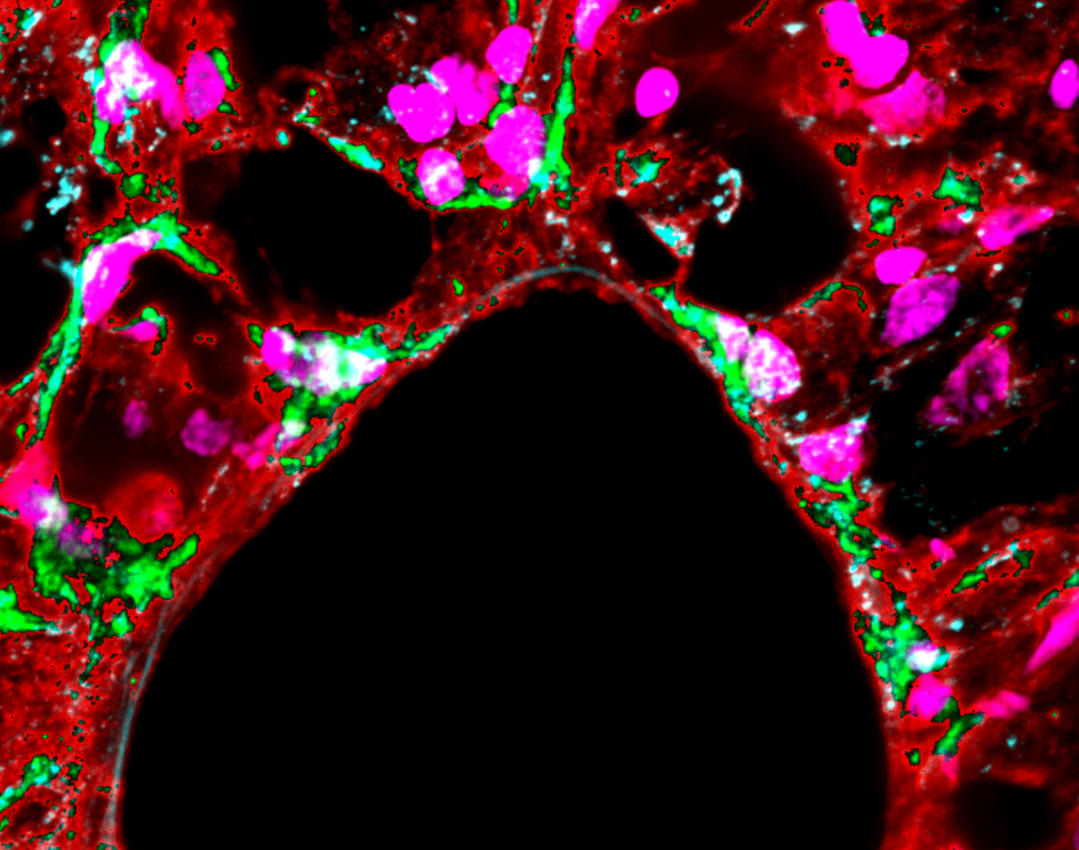Cellular stretching and softening, key in the body's response to processes like cancer

From the vocal cords that produce our voice to the beating of our heart, the cells of our body are subjected to mechanical forces that change cellular response constantly, regulating essential processes both in healthy individuals and in disease conditions such as cancer. Yet, despite their importance, we remain largely unaware of how cells sense and respond to these forces.

From the vocal cords that produce our voice to the beating of our heart, the cells of our body are subjected to mechanical forces that change cellular response constantly, regulating essential processes both in healthy individuals and in disease conditions such as cancer. Yet, despite their importance, we remain largely unaware of how cells sense and respond to these forces.
Now, an international team has shown that what determines mechanical sensitivity in cells is the rate at which force is applied, i.e. how quickly it is applied. The research was co-led by the lecturers of the Faculty of Medicine and Health Sciences of the UB, Pere Roca-Cusachs, expert from the Institute of Bioengineering of Catalonia (IBEC) and the Institute of Nanoscience and Nanotechnology (IB2UB), and Isaac Almendros, expert from IDIBAPS and researcher at the Respiratory Diseases Networking Biomedical Research Centre (CIBERES). The results, published in Nature Communications, demonstrate, for the first time in vivo, the predictions of the model known as molecular clutch.
These results will help to better understand, for example, how a cancerous tumour proliferates or how the heart, vocal cords or the respiratory system respond to the varying forces to which they are continuously exposed.
A constant cellular stretching and softening
Thanks to cutting-edge techniques such as atomic force microscopy (AFM) and optical tweezers, researchers have observed that there are two responses to the force applied to a cell.
On the one hand, the dense network of fibres of the cytoskeleton is reinforced when subjected to a force at a moderate rate. In this context, the cell is able to sense and respond to a mechanical force. In addition, the reinforcement of the cytoskeleton leads to a stiffening of the cell and the localization of the YAP protein in the nucleus. When that happens, the YAP protein controls and activates genes related to cancer development..
On the other hand, if the rate of force application increases above a certain value, the opposite effect occurs, and the cell no longer senses the mechanical forces. That is, instead of the stiffness of the cytoskeleton and the cell continuing to increase, a partial breakdown of the cytoskeleton occurs, leading to a softening of the cell.
Reference article:
I. Andreu, B. Falcones, S. Hurst, N.Chahare, X. Quiroga, A. Le Roux, Z. Kechagia, A. E. M. Beedle, A. Elósegui-Artola, X. Trepat, R. Farré, T. Betz, I. Almendros andd P. Roca-Cusachs."The force loading rate drives cell mechanosensing through both reinforcement and cytoskeletal softening". Nature Communications, 2021.Doi: .org/10.1038/s41467-021-2438
